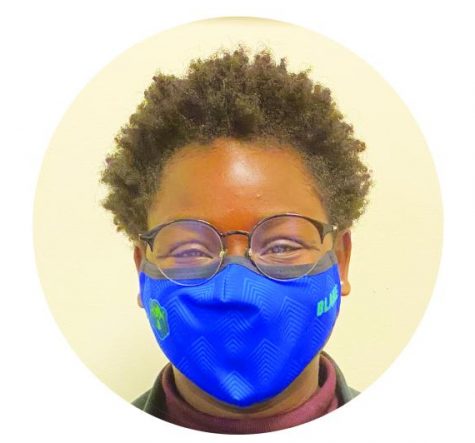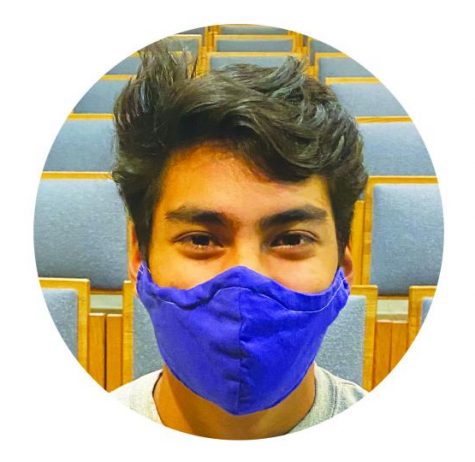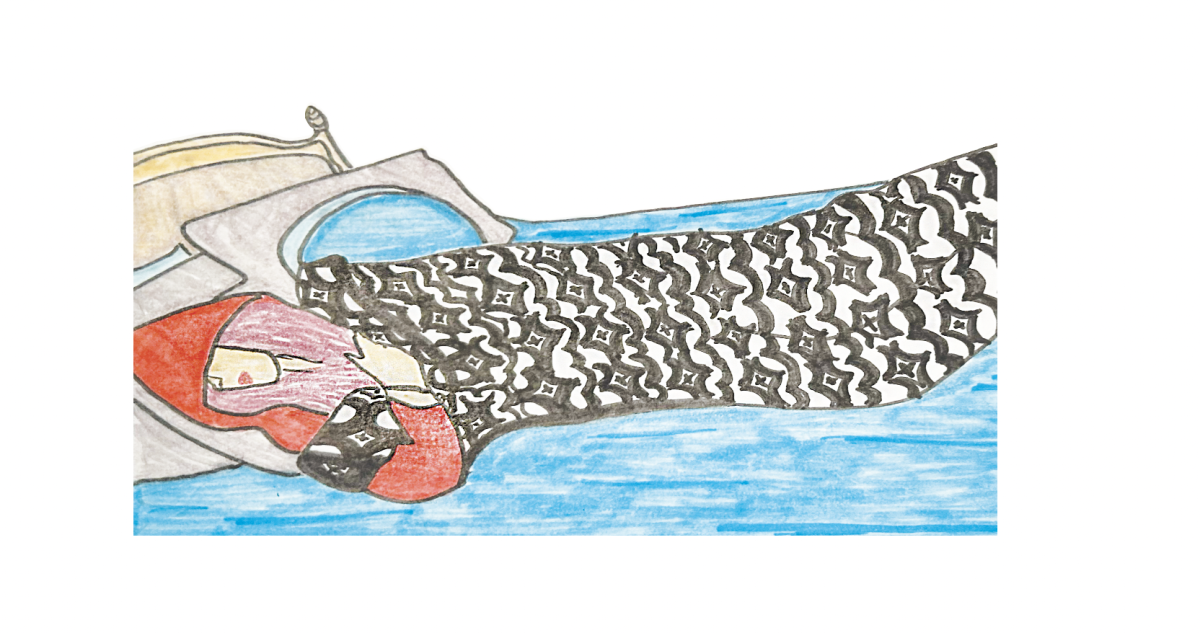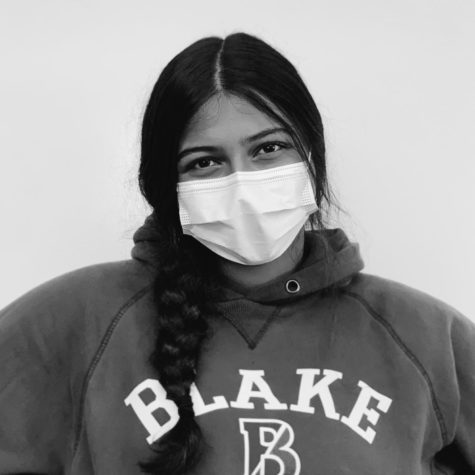 “WHAT SHOULD I KNOW ABOUT THE SUPREME COURT?” – CJ Jones Eckhardt
“WHAT SHOULD I KNOW ABOUT THE SUPREME COURT?” – CJ Jones Eckhardt
The Supreme Court is made up of nine members: one Chief Justice and eight Associate Justices. Because of the Certiorari Act of 1925, the Supreme Court does not have to hear a case and therefore reviews about 100 to 150 of the 7,000 cases asked of it each year. The Supreme Court holds the power of Judicial Review, which is the right to declare any Legislative or Executive Act unconstitutional. It’s the highest court in the land and plays a pivotal role in maintaining the checks and balances system of the United States. In order for a case to be heard by the Supreme Court, it must go through the lower level courts first.
“WHY WERE REPUBLICANS ABLE TO WAIT UNTIL TRUMP WAS ELECTED VERSUS TRUMP FIGHTING FOR IT NOW?” – Rachel Winkey ‘21
On March 16 2016, former President Barack Obama nominated Judge Merrick Garland to the Supreme Court, but this nomination was blocked unlike President Trump’s nomination of Judge Amy Coney Barrett on 26 September 2020. In 2016, Senate Majority Leader Mitch McConnell said, “All we are doing is following the long-standing tradition of not fulfilling a nomination in the middle of a presidential year.” Since the post-Civil War era, there have been nine Supreme Court vacancies in election years and all have been filled within the election year. After Justice Ginsburg’s passing, McConnell changed his stance, creating the idea that a president gets to fill the vacancy if their party controls the Senate. Constitutional Law teacher Ben Cady explains, “When Obama nominated [Garland], the republicans had a majority, and so they had the choice: if they don’t call it to a vote, it doesnít get voted on. This time around, it’s a Republican president with a Republican-controlled Senate,” so this aided the swift confirmation of Barrett.
“WHAT’S ON THE DOCKET THIS YEAR?”– Lizz Buchanan
Niz-Chaves v. Barr: This case considers the ìstop-time ruleî which states that a noncitizen who is applying for their citizenship stops accruing continuous presence, 10 years of which is required for citizenship, if they are served with a Notice to Appear, initiating removal proceedings.The aspect in question is if all of the information about a scheduled removal proceeding must be provided in one document to trigger the “stop time rule” or if the rule can be triggered if the information is provided in multiple documents.
California v. Texas: This case questions whether it is constitutional for the Affordable Care Act to require essentially every American to get healthcare.
CIC Services, LLC v. Internal Revenue Service:This case calls into question the Anti-Injunction Act. Created in 1793, the act serves to limit the power of federal courts in ongoing state proceedings by limiting the federal court’s ability to issue an injunction, which is an order that “compels a party to do or refrain from specific acts.”
“HOW DOES THE NOMINATION PROCESS WORK?” – Benji Pomonis ‘21
First, nominees must undergo an intense background check, which is called vetting, and the FBI and Judiciary Committee also conduct their own background checks. Next, a nominee will meet privately with as many senators as possible. Then senators will go decide how the confirmation hearing is conducted, including how many questions will be asked. The nominee’s advisers will then set up a mock hearing, which is referred to as the “murder board.” After that are the public hearings and subsequent Judiciary Committee vote, triggering the nomination to reach the Senate and a final vote on the nominee.













